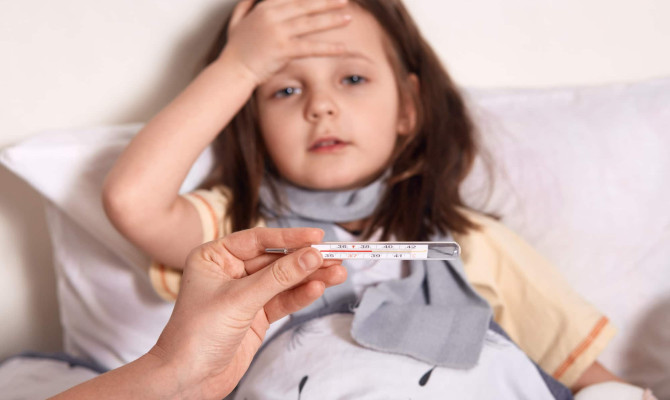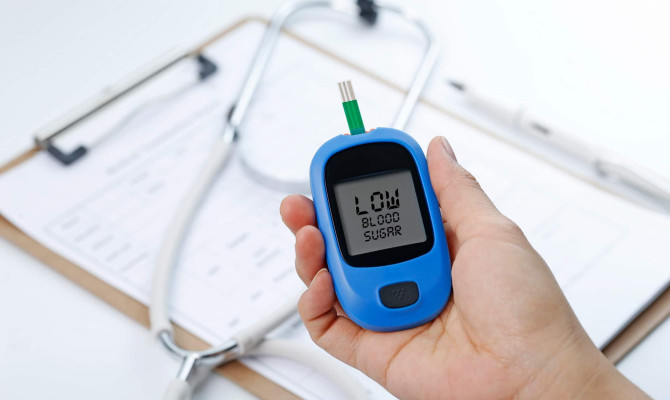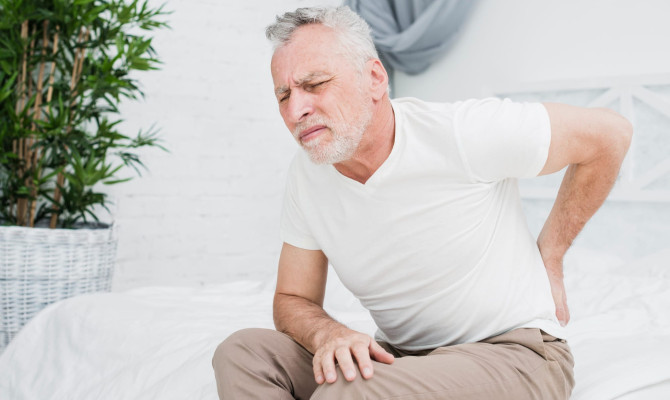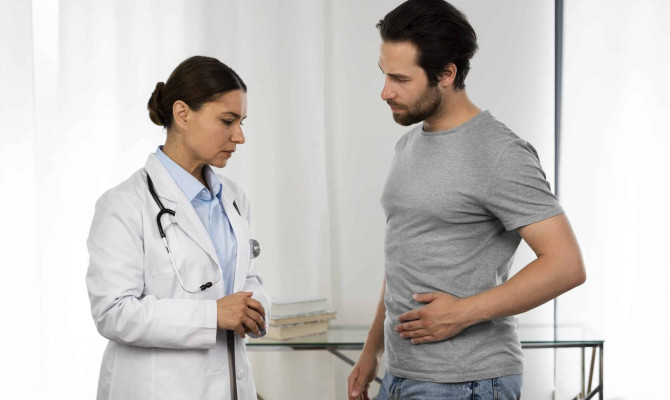Seed Corn On Foot: Causes & Management

- Corns and calluses
- 15 Sep 2023
Introduction
What is Seed Corn on Foot?
Seed corn on foot, also known as “heloma milliare” or “porokeratosis plantaris discrete,” is a condition that typically affects the soles of the feet and manifests as small, frequently painful, and hard lesions. They resemble corns and calluses, although they are smaller and more pronounced. When pressure is applied to seed corn, it can become uncomfortable or painful. This article will give you a deeper understanding of the nature of these unnoticeable but bothersome foot companions, whether you have personal experience with the discomfort of tiny seed corn or are interested in learning more about foot health.

By the end of this oversight, you will be well-versed in recognizing and comprehending seed corns and have techniques to deal with and lessen their prevalence. Let’s start our adventure to solve the mystery by taking the first step. 1 Introduction | Researched based study from National Library of Medicine
Symptoms
Symptoms of Seed Corn on Foot
- Pain
- Raised Bump
- Hard and skin
- Circular shape
- Localized area
- Discoloration
- Tenderness
Although the signs of a corn foot can differ, they frequently include:
Discomfort
- Mainly, when pressure is applied to them, they can be uncomfortable.
- The discomfort could get worse if you walk or wear tight shoes.
Raised bump
- They usually have a raised bump with a thicker, hardened center.
- The skin may be irritated or inflamed around the bump.
Hardened skin
- Dead skin cells that have solidified into a core make up the maze’s center.
- This region may feel rough and may be particularly touch-sensitive.
Circular shape
- They frequently resemble a circle or a cone, with the hardened center pointing inward.
Localized area
- They are often smaller and confined to a single place on the foot, unlike calluses, which can cover a broader area.
Discoloration
- The skin around the corn might appear red, inflamed, or discolored due to irritation.
Tenderness
- The affected area can become tender or sensitive to touch. 2 Symptoms | Researched based study from Research Gate
Types
Types of Corns on Feet
Hard corns (Heloma Durum)
- These corns are the most prevalent kind. The tops, sides, or soles of the feet are the most common locations for hard corns to develop.
- They have thicker, dense skin surrounded by inflammatory skin in the center. When you apply pressure to a hard grain, it can hurt.
Heloma Molle (soft corns)
- Where the skin is moist from sweat or contact, between the toes is where soft corns typically appear.
- In contrast to hard corns, they are frequently white and have a soft feel. They could also make you uncomfortable or hurt.
Seed corns (Heloma Milliare)
- They are tiny, distinct, and frequently seen in groups on the bottoms of the feet.
- Although they are typically painless, when pressure is applied, they can hurt. Their modest size causes them to be mistaken for warts occasionally.
Heloma vasculare
- Small blood arteries in the center of vascular cons (Heloma vasculare) give them a dark or black appearance.
- They could need medical treatment since they can be more painful than regular hard corn.
Heloma fibrosum, or fibrous corns
- Fibrous corns have a denser, more rigid core, unlike ordinary hard corns.
- They often appear on the parts of the feet that bear weight and can be unpleasant.
Heloma neurovascular, often known as neurovascular cons
- It is a condition that often causes excruciating pain. They frequently develop on the balls of the foot.
Subungual corns
- They can be highly painful and grow beneath the toenail. They frequently happen as a result of pressure from ill-fitting shoes. 3Types | Researched based study from Science Direct
Causes
Causes for Seed Corn on Foot
Ill-fitting footwear
- Corns can develop on the foot due to extreme pressure from shoes that are too thin, tight, or have high heels.
Anomalies in the toes
- Conditions where the toes are bent or called abnormal, such as hammer toes or claw toes, might produce friction and pressure zones supporting corn growth.
Foot deformities
- The weight distribution on the feet may vary due to structural foot deformities such as bunions or bone spurs, increasing pressure, and friction in some regions.
Repeated actions
- Running or wearing specific types of footwear might enhance friction and corn formation. These activities entail repetitive movement.
Abnormal Gait
- Running or walking on an uneven Gait can cause pressure in some regions of the feet, resulting in corn growth.
Foot anatomy
- Some people are predisposed to cons because of how their bones and skin connect in their feet.
Lack of padding
- Lack of cushioning in shoes and thin socks can increase foot friction and strain, leading to corn growth.
Genetics
- Due to the way their skin reacts to friction and pressure, certain people may be genetically susceptible to forming corns.
Age
- The skin may grow thinner and less elastic as it ages, making it more vulnerable to harm.
It is crucial to address the underlying reasons to stop them from happening again. Wearing shoes that fit correctly, utilizing cushioning goods, practicing excellent foot cleanliness, and obtaining medical guidance if you have deformities or other anomalies that may be contributing factors are some ways to do this. 2 Causes | Researched based study from Research Gate
Location
Depending on the underlying reasons and contributing variables, they may develop in various locations on the feet. The following areas are typical sites for foot corns to appear:
Tops of the toes
- They can develop on the tops of the toes, mainly if ill-fitting shoes or friction from other toes play a role in their development.
Between the toes
- They grow in the warm, wet areas between the toes. Moisture and restrictive footwear both aid in their development.
Sides
- Due to shoe pressure or friction from nearby toes, they may appear on the sides.
The bottoms of the feet
- The pressure from walking or wearing shoes may cause them to develop on the balls of the feet.
Subungual corns
- They grow beneath the toenails and cause pain might occur.
The sides of the foot
- Mainly, if some bony prominences or abnormalities enhance pressure in these locations, they may develop on the sides of the foot.
Heels
- They may develop due to friction from closed-back shoes, mainly if they are too tight or don’t fit properly.
Ball of the foot
- Due to the pressure from walking and standing, they may appear on the ball of the foot, where the toes used to be.
The location occasionally offers detailed information on the underlying reasons and contributing variables. 1 Location | Researched based study from National Library of Medicine , 2 Location | Researched based study from Research Gate
Seed Corn vs Plantar Wart
Seed Corn vs Plantar Wart
Seed Corn
Appearance
- Seed corns are small round or Oval raised bumps on the skin usually found on the sole. They might be white or pale and have a central core of dead skin.
Pain
- They are typically not painful except when pressure is applied to them.
Cause
- They are primarily caused by friction and pressure.
Location
- They often develop in clusters on weight-bearing areas, suggesting the ball or heel.
Treatment
- They can be managed with over-the-counter products, home remedies, and proper foot care. 1Seed Corn vs Plantar Wart| Researched based study from National Library of Medicine , 2Seed Corn vs Plantar Wart | Researched based study from Research Gate
Plantar Warts
Appearance
- They are often flatter than seed corn and have a rough, grainy appearance.
Pain
- They can be painful, especially when standing or walking.
Location
- They often appear on the sole, particularly when pressure is applied.
Treatment
- They might resolve on their own, but they can be stubborn.
- Treatments include over-the-counter salicylic acid products, cryotherapy, laser therapy, or surgical removal. 10 Seed Corn vs Plantar Wart| Researched based study from National Library of Medicine
Diagnosis
How are Seed Corns diagnosed?
Visualization test for diagnosis
- A podiatrist or other healthcare provider will often examine the injured area.
- They will search for symptoms of corn, such as elevated pimples with a thickening skin core in the center.
Medical history
- The doctor will inquire about your health history, including any previous foot ailments, footwear preferences, and daily activities that might be a factor.
Physical assessment
- The clinician may lightly touch and touch the affected area to assess skin texture, discomfort, and degree of tenderness.
Differentiating factors
- They can occasionally resemble other foot conditions like warts, calluses, or cysts. To correctly diagnose these disorders, distinguish between them.
Discussion
- Your symptoms, any pain you may be feeling, and whether the corns interfere with your everyday activities may be discussed with the doctor.
Testing (if required)
- Most of the time, a visual examination is sufficient for diagnosis; however, if the doctor needs to rule out other disorders or any doubt, they may advise additional tests.
Recommendations
- Depending on how severe the corns are and how well your feet are doing generally, the doctor will likely suggest the best course of action after diagnosing them. 4Diagnosis | Researched based study from National Library of Medicine
Management
Management of Seed Corn
Podiatric procedure
Coring or debridement
- A podiatrist can delicately remove the layers of corn using specialized equipment.
- Typically, painless and capable of bringing relief right away. Without fixing the root issue, it can come back, nevertheless.
Orthotic devices
- By redistributing pressure on the feet and correcting the aberrant foot mechanics that lead to corn production, custom-made shoe inserts or orthotic devices can help.
Strapping and padding
- A podiatrist is strapped and cushioned. Padding or straps may relieve pressure and cushion the affected area. By doing so, friction can be lessened, and the corn can heal.
Surgical procedure
- A podiatrist may recommend surgical removal in rare instances where conservative treatments are ineffective, or the corn is causing excruciating pain. This is typically saved for chronic, extensive, or exceptionally painful. 5Management| Researched based study from Scienece Direct
Prescription treatments
Corn pads or cushions
- These adhesive pads have a center hole that surrounds the corn, reducing pressure and friction.
Salicylic acid patches or solutions
- These products help soften and remove the dead skin layers of the corn. Follow the instructions carefully to avoid damaging healthy skin.
Medicated corn plasters
- These are medicated adhesive pads that gradually soften and loosen the corn for easier removal.
Corn removal cream
- You might be given stronger tropical medications with higher concentrations of active components because they work better to break down corn.
- Keratolytic medications are creams or ointments with a prescription strength that work overtime to soften and dissolve the thickened skin of corn.
- These liquids contain salicylic acid or another active ingredient to help break it down. Apply as directed, avoiding contact with surrounding skin.
Chemical procedures
- Sometimes, a podiatrist will chemically remove them using more vital chemical treatments. It must only be carried out by a qualified specialist.
Administering corticosteroids
- Injections of corticosteroids may be advised for corns causing excruciating pain and irritation to lessen inflammation and offer comfort.
Blocked nerves
- A podiatrist may employ nerve blocks to numb the area and relieve pain in complicated situations temporarily. 5Management| Researched based study from Science Direct,7Management | Researched based study from National Library of Medicine
Home Remedies
Home Remedies for Seed Corn on Foot
Warm soaks
- Soaking your feet in warm water. Soapy water can help soften the skin and make it easier to rub the corn using a pumice stone gently.
Pumice stone
- Gently rubbing the corn with a pumice stone after a warm soak can help remove dead skin layers.
- Be careful not to overdo it, as excessive friction can worsen the corn. Doing this helps reduce the size and eliminate dead skin layers.
Footwear
- Wearing comfortable, properly fitting shoes with cushioning can help produce pressure and friction.
Moisturizing
- Applying moisturizers daily will keep the skin supple and prevent it from drying out too much.
Cushioning
- Add sticky corn pads or inquiries to reduce friction between the seed corn and your shoes.
Foot hygiene
- Prevent moisture buildup by keeping your feet dry and clean.
Cutting nails
- To prevent further pressure, bring your toenails appropriately. 6Home Remedies| Researched based study from National Library of Medicine,8Home Remedies | Researched based study from National Library of Medicine
Remember when using counter products or home remedies, it is essential to
Follow the instructions carefully to avoid damaging healthy skin and causing
further issues. 6Home Remedies | Researched based study from National Library of Medicine
Complications
Complications & Risks of Seed Corn on Foot
Infection
- Small openings in the skin caused by seed corn make it simpler for bacteria to enter. If the region becomes infected, you may experience increased redness, swelling, pain, and even discharge.
- The danger of infection is increased in those with weakened immune systems, diabetes outside circulation, and they urgently need medical care.
Recurrence
- Even after a successful course of treatment, it may return if the underlying causes are not addressed.
- New sealed corns may form in the same or different regions if the causative factors, such as improperly fitted footwear or aberrant foot mechanics, are not addressed.
Impact on Mobility
- It may be uncomfortable and painful, particularly when standing or walking.
- This may result in changed gait patterns or the avoidance of particular activities owing to the discomfort, which may affect mobility and quality of life.9Complications | Researched based study from Centers for Disease Control and Prevention
When to consult a healthcare professional?
Persistent pain
- It’s necessary to seek professional guidance if the pain from the seed corn is persistent or getting worse.
Having trouble walking
- if it makes it difficult for you to walk or uncomfortable to go about your everyday activities.
Recurrent seed corn
- If they persist despite self-care efforts, A podiatrist can assist in determining and treating the problems.
Difficulties with circulation or diabetes
- Before attempting self-care or therapy, it is especially crucial to speak with a healthcare provider if you have diabetes or circulation issues.
Changes in appearance
- Consult a doctor if you detect any changes in your look, such as redness, irritation, or discharge.
Prevention
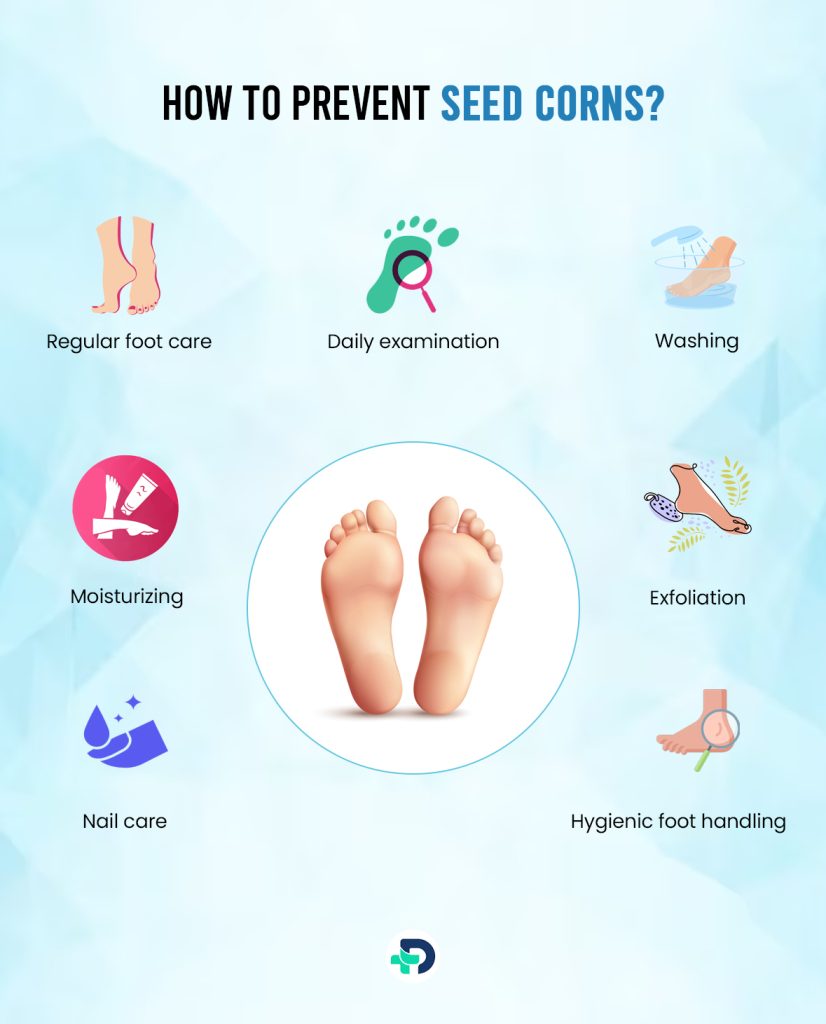
How to prevent Seed Corns?
Lifestyle modifications, regular foot care
- Establishing A strategy for consistently caring for your meals will help you avoid several problems, including drawbacks. Here’s an easy one to think about:
Daily examination
- Check your feet for any indications of swelling, wounds, sores, or redness. This can aid in early problem detection.
Washing
- Use warm water and mild soap to wash your feet every day. Dry them thoroughly, carefully examining the space between the toes.
Moisturizing
- Use a high-quality foot cream or lotion to moisturize and prevent skin dryness on your feet.
Exfoliation
- Use a pumice stone or foot scrub to exfoliate your feet once or twice weekly. This aids in removing dead skin cells and stops the development of calluses.
Nail care
- To prevent ingrown toenails, cut your toenails straight across and not too short.
Hygienic foot handling
- Moisture can aid in the growth of fungi and the development of diseases. After washing them, dry your feet well and remove any moisture-wicking socks.
Choose footwear with breathable materials that promote airflow
- Refrain from consistently wearing the same pair of shoes.
- Rotating them periodically lets the air out and reduces the pressure on particular regions. 9Prevention | Researched based study from Centers for Disease Control and Prevention,8Prevention | Researched based study from The National Health Service
FAQs
Frequently Asked Questions about Seed Corn on Foot
Will a seed corn on foot go away on its own?
- It can sometimes go away independently, but it’s not guaranteed. If it is causing discomfort or concern, it is advisable to seek medical attention.
Do seed corns get bigger?
- They can vary in size and may sometimes get larger over time if left untreated.
Are seed corns contagious?
- No, they are not contagious. You don’t need to worry about spreading them to others or catching them from someone else.
Any feedback on this article?
 This Articles content was accurate
This Articles content was accurate Very Informative Article
Very Informative Article I have a question or a comment
I have a question or a comment
 This article contains inaccurate content
This article contains inaccurate content This article was not helpful
This article was not helpful I have a question or a comment
I have a question or a comment
We appreciate your helpful feedback!
Checkout our social pages
References
-
National Library of Medicine
Introduction | Location | Seed corn Vs. Planter wart
-
Research Gate
Symptoms | Causes | Location | Seed corn vs. Planter wart
-
Science Direct
Types
-
National Library of Medicine
Diagnosis
-
Science Direct
Management
-
National Library of Medicine
Home Remedies
-
National Library of Medicine
Management
-
The National Health Service
Home Remedies | Prevention
-
Centers for Disease Control and Prevention
Complications | Prevention
-
National Library of Medicine
Seed corn Vs Planter wart












